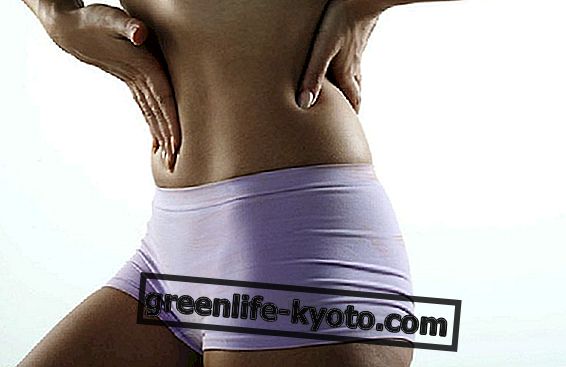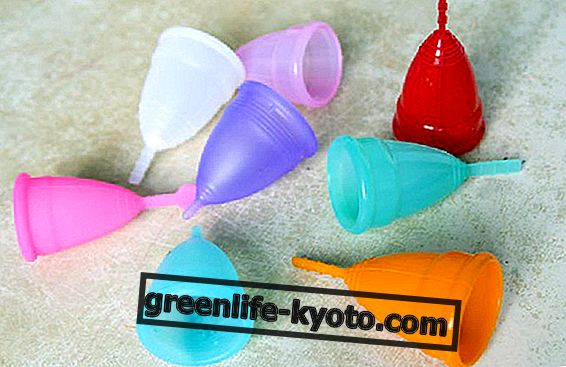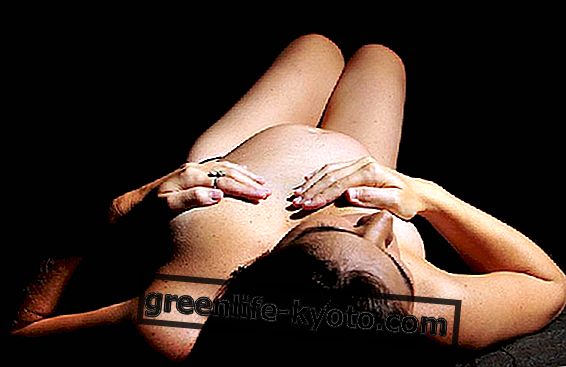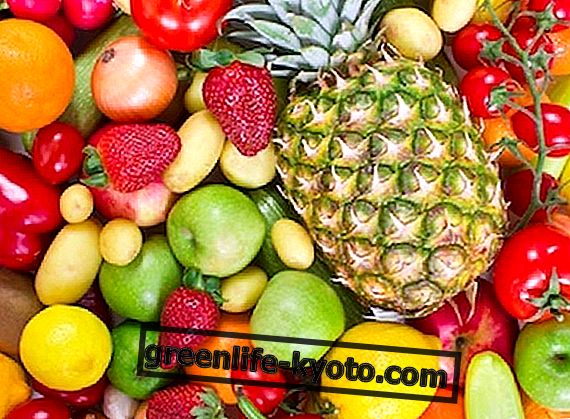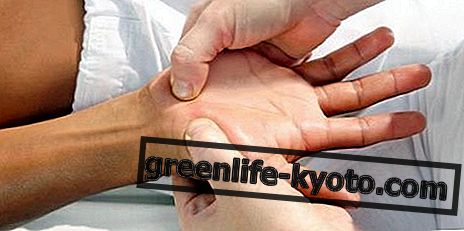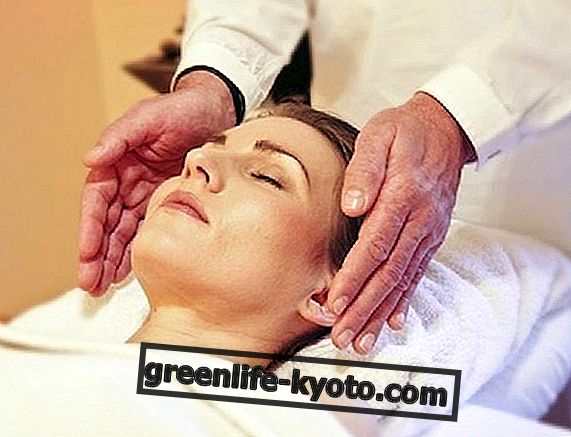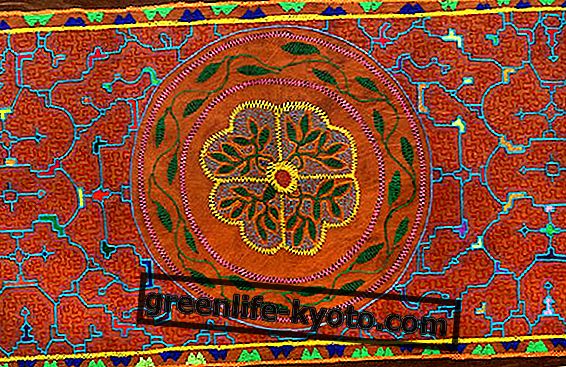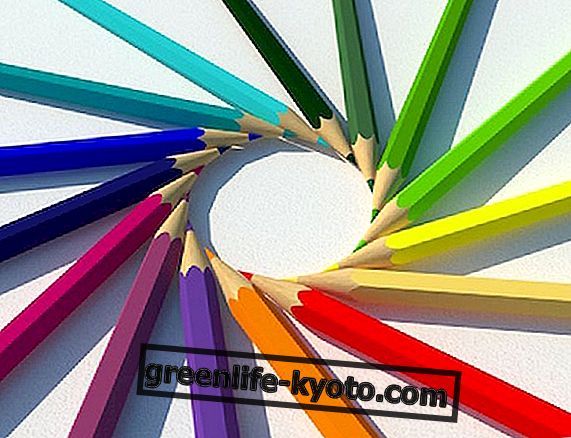
When I talk with Sara Rinaldi I feel the freshness of those who believe in something that can be transmitted and the liveliness of those who understood it with their skin and soul.
It is not the first interview she is given (this one on Holisticario is delicious) and we immediately agree on one point: that she "goes out" as she is, just as she is. And transparency is an important signal, whether you're talking to a therapist or not.
Sara left Italy early, she was in London when there were very few Italians in London. Although very young, about 20 years, in the City she had a job that allowed her to earn good money, offered her opportunities. But something inside kept on asking her about the purpose, the usefulness of her presence here. Then, synchronicity intervenes.
A series of events lead her to make immediate contacts and the answers arrive, surprisingly punctual, welcoming. Here in 1999 he flew to California for an intensive Expressive Arts Center on Persona, in a county north of San Francisco.
He had booked the flight only 10 days before, he had accepted and listened to the strength with which he accepts an intention that comes with purity.
During the course he meets Dr. Natalie Rogers, daughter of psychologist Carl Rogers, her collaborator Shellee Davis and other Rogersians.
What was supposed to be a week of intensive course entitled Self Exploration Through Expressive Arts, become 2 intensive courses of Expressive Arts Centered on the Person.
Sara's life changes. After these courses he returned to London, enrolled in a counseling course in Italy, where he went once a month to move to early 2001 and return to California as soon as possible to finish all the PCETI faculty training, the Institute founded. by Natalie Rogers.
After the two-year course at the IACP (Person-Centered Approach Institute), he completed his three-year training at the SICUT Convivium association. Since 2005 she is registered with the SICO, Italian Counseling Society.
Since then, the Expressive Arts have been moving with her, with her enthusiasm and consolidated experience, her curiosity, her living spirit.
You followed this road like a river in flood. It seems that when you are in the flow of life, a lot of you tune in ...
Yes, these were true and proper synchronicities, I think they trigger when choices are made at heart, choices that may not be fully accepted at first because of various internal resistances. But when you observe and accept something that you feel you have to accomplish, something around you has, it makes itself available.
I imagine it was and is an opportunity for stunning growth to meet Natalie Rogers
Imagine well! On a personal level, my "casual" encounter with Natalie, without even knowing who she was, has transformed my life.
Not only from a practical point of view, considering that after a short time I decided to make educational and life choices completely antithesis with what I had lived up to then, but above all in the long term: the more I become great, the more I realize how much this meeting has transformed me in depth at the level of my feeling, of how I perceive the vision of life, of myself and of others, in ways and ways that I could never have imagined.
As the years go by and more, looking back, I see how profound a transformative process has been and still is. The Rogerian approach as you know is centered on the person (in the technical lexicon we talk about ACP, Person-centered Approach ).
Natalie had the great merit of combining body-centered artistic models with her father's approach, Carl Rogers and creating a unique process called Creative Connection® . The body, which had been talked about so far before, began to want its part, to want to put itself on the line.
And the physical part has united through multiple languages to the seed of creativity and that lives in all of us. No longer just words, no longer just sitting for hours studying non-verbal language and how emotions affect the body, but rather starting from emotions as a source of creative inspiration and translating them into external forms, unlocking the energy held back inside of the body with creativity, movement, free expression, so as to bring insights and transformation.
Why can arts be a therapy?
What really makes the difference in terms of Rogerian work?
The fact that the environment in which you work is made psychologically safe by the facilitator or facilitator. This is fundamental; a safe, empathetic psychological climate in which a total acceptance of the person is practiced, without judgments and prejudices, fully trusting in his dignity and self-directional capacity, is the premise for an environment where we can move freely even in terms of integration of pain or awareness of resistance and any other authentic expression of one's emotions.
When there is this condition, the judgment falls and the experience of the Expressive Arts is filled with a profoundly transforming utility in the long run for the person.
What are the "pillars" on which your work is based?
I believe in the dignity, in the value and in the self - directed capacity of every person. Especially if a safe, empathetic and non-judgmental context is made available.
The application of Expressive Arts is rooted in this philosophy. It is not by chance that we call them the Expressive Arts Centered on the Person (Person Centered Expressive Arts). From this starting point, let's try to stimulate the individual to reveal and express himself through a unique expressive process, Creative Connection®, in which several artistic modes are combined and alternated in sequence: sound, art, dance, psychodrama, writing, etc. The aim is to bring the person into deep contact with his innate creativity, with his own essence.
When this happens the person is able to draw on his truth, becoming more authentic, more self-confident, clearer about who he is and what he wants. More "itself". You feel much better when you feel free to be yourself.
It's about going towards authenticity, in that space / time where you really are. You see, I believe in the possibility of every person to express his maximum potential, what in our work we call "actualizing tendency", which Rogers recognized as the tendency that all organisms in nature have to succeed in actualizing the maximum potential, especially if they are provided with some essential facilitating tools, after having put in place favorable conditions, or rather the three facilitating conditions of Rogers, that is congruence, positive and unconditional acceptance and empathic understanding.
How does a session usually start?
In the collective, I usually start with a big circle . There is a moment in which I make a brief theoretical outline of the ACP and give guidelines, that is suggestions on how to approach the group and the practical sessions of Expressive Arts.
But in general I tend to speak very little, already in the first hour I immediately enter practical, even playful, exercises that allow me to stay in the body, to spend a little less time on the mind to allow the participants to meet through non-verbal languages . Then, as soon as the ice melts, I enter the heart of the sessions.
Expressive Arts are experiential, you have to do them, you have to experience them. In the individual, with the single person who is in the studio with me, I always briefly explain where I come from, my philosophy and how important it is for me and for the functionality of our journey together to create a climate of trust, honesty and total absence of judgment, in which the customer can feel free to choose, for example, the way in which to begin to address the question for which he came. I always keep in mind that he has the possibility of expressing his state of mind through an artistic modality of his choice, and I encourage him to try the experience, but without ever being directive or imposing.
It may happen that he resorts to creative visualization. In general, I follow a lot of intuition in both collective and individual sessions, also to understand when, in what way and which artistic modality to propose, what is the specific moment conveying with itself.
What have you learned about humanity since you did this job?
Much. The most beautiful thing is that I really think we can all really be beautiful . We are all beautiful: I see this. During my work I see people entering the process, dancing their own artistic form in freedom.
When they share what comes out, what is the most profound and authentic they held inside, they are of such beauty, they are real visions and I feel so fortunate to witness this. I think it's because in those moments they come into contact with what Rogers called the " healing force ", the human tendency to become one's own potential.
A powerful energy, a life force that transforms you and gives you a great sense of expansion and beauty . Here, I experienced those moments in first person and, seeing them from outside as a counselor and trainer / facilitator of groups, I can assure you that they change their faces, they change their eyes.
You have worked with groups and facilitators of Expressive Arts at a truly global level. What have these international experiences taught you?
Yes, I have known this type of work in truly international environments, in fact I am the only person in Italy with this type of training, so willy-nilly it would not have been possible otherwise. In my experience there are working groups with Americans, Koreans, Japanese, Europeans, etc. And in this type of work you can see how we are all different, but if we really want to meet, know, communicate, we do it, beyond the language we speak and the cultural background.
The wonderful thing is that the Expressive Arts are a way for everyone, for every age and physical condition and health, no particular skill is needed.
This is another great power of the arts, they can become an effective, natural language, an instrument of encounter, exchange and understanding. Drawing, painting, the use of clay, movement, dance, sound, psychodrama, unite and bring us together like the word, or perhaps even beyond the word.
You may also be interested in the article on subtle energies and the self-healing power of the body
